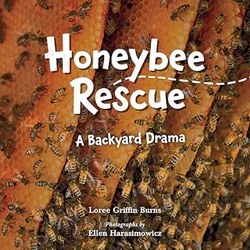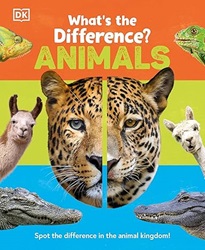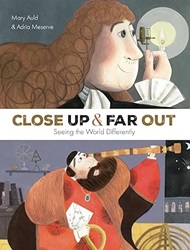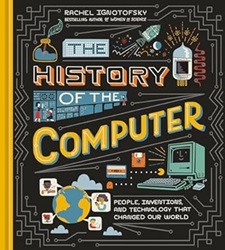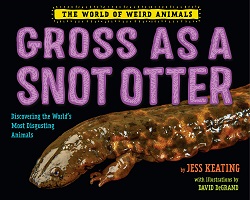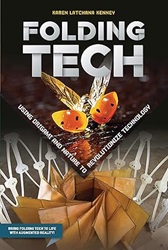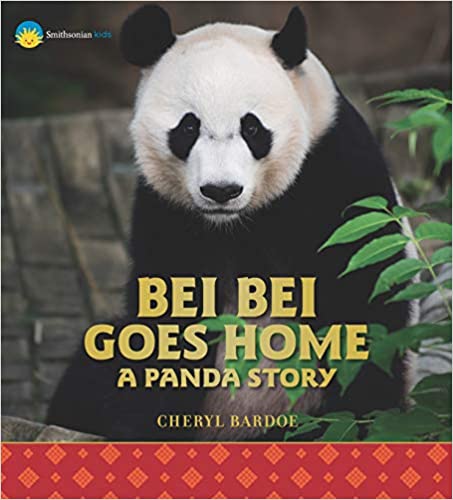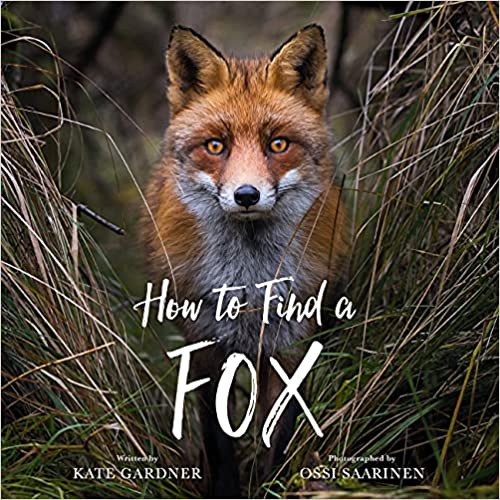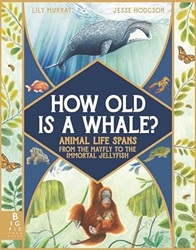 The Bug Girl
The Bug Girl
(A True Story)
by the Bug Girl herself, Sophia Spencer,
with Margaret McNamara
illustrated by Kerascoët
Schwartz & Wade Books, 2020, 40 pages.
Starred Review
Review written 02/20/2020 from a library book
This picture book is written in the voice of the author, who is a fourth-grade student – and does a marvelous job of telling other kids that it’s okay to love bugs.
Sophia begins with her first encounter with a bug – when she was two years old, in a butterfly conservatory, one butterfly landed on her and decided to stay the whole time she walked around the conservatory.
After that, Sophia became obsessed with bugs. She got books and videos about them and learned all she could about them. She collected bugs, and her mom let her keep them out on the porch.
In Kindergarten, other kids thought Sophia’s obsession with bugs was cool. But that changed when she got to first grade. Now they started teasing her and calling her weird. There’s a very sad page in that section:
Then I brought a grasshopper to school. I thought the kids would be so amazed by the grasshopper that they’d want to know all about it. But they didn’t. A bunch of kids crowded around me and made fun of me.
“Sophia’s being weird again,” one of them said.
“Ew! Gross!” said another. “Get rid of it!”
Then they knocked that beautiful grasshopper off my shoulder and stomped on it till it was dead.
Sophia became afraid to talk about the bugs she loved. She continued to be teased and excluded at school and called weird. She thought she’d have to give up her passion.
But Sophia’s mother was sad to see her so unhappy.
She wrote an email to a group of entomologists asking for one of them to be my “bug pal.” She wanted me to hear from an expert that it was not weird or strange to love bugs and insects. “Maybe somebody will write back,” said my mom.
“Maybe,” I said.
“Or at least call.”
We thought those scientists would be too busy to respond.
But an email came from an entomologist named Morgan Jackson who asked to put the letter online.
He asked other bug scientists – all around the world – to let me know if they had any advice for a girl who loves bugs.
That set off a flood of responses, with a hashtag: #BugsR4Girls
I couldn’t believe how many people around the world loved bugs as much as I did. And how many of them were grown-up women!
Some were scientists who wrote about the work they do in their labs. Others shared videos of themselves with bugs on their arms and sent pictures of themselves hunting bugs in the wild.
The response also set off more publicity of its own – Sophia got interviewed by newspaper reporters and even appeared on television.
Now, as a fourth-grader, Sophia has many other interests, but she still loves bugs.
This picture book presents all this in a child-friendly way with bright pictures and simple text. At the back are six pages of cool bug facts from Sophia.
margaretmcnamara.net
rhcbooks.com
Buy from Amazon.com
Disclosure: I am an Amazon Affiliate, and will earn a small percentage if you order a book on Amazon after clicking through from my site.
Disclaimer: I am a professional librarian, but I maintain my website and blogs on my own time. The views expressed are solely my own, and in no way represent the official views of my employer or of any committee or group of which I am part.
What did you think of this book?
*Note* To try to catch up on posting reviews, I’m posting the oldest reviews I’ve written on my blog without making a page on my main website. They’re still good books.
